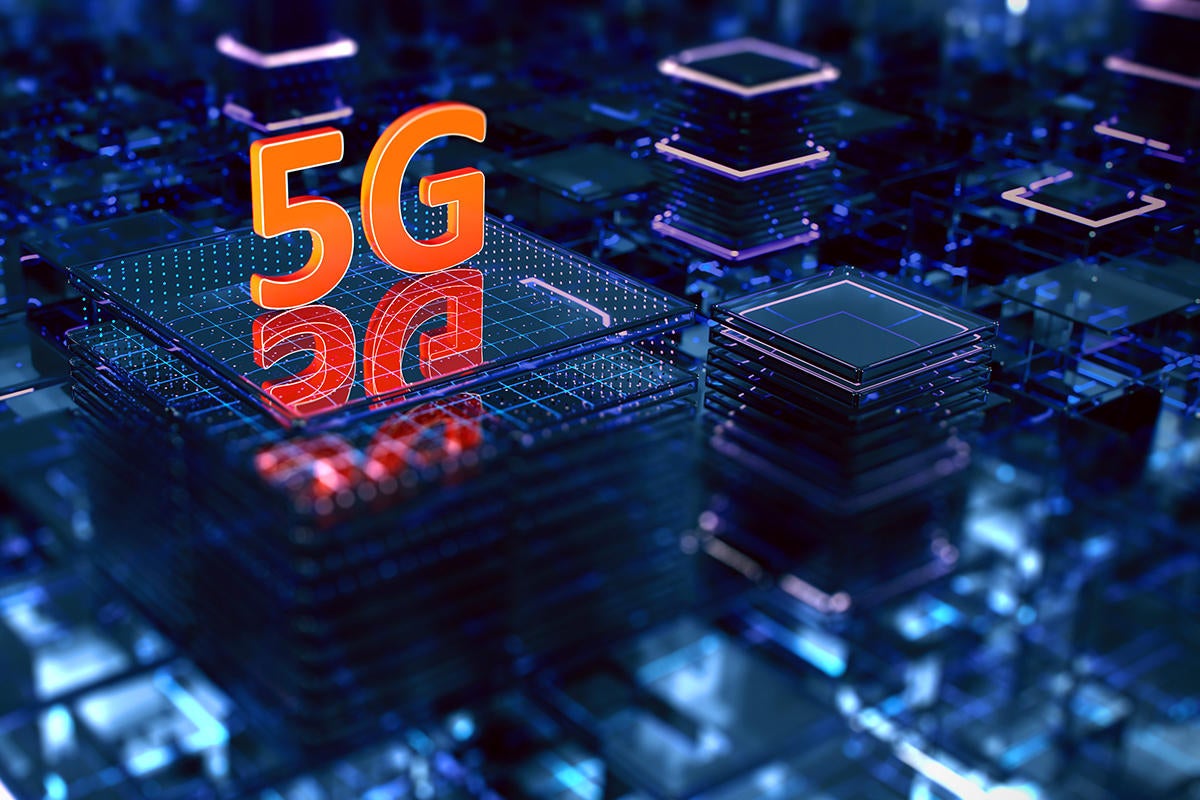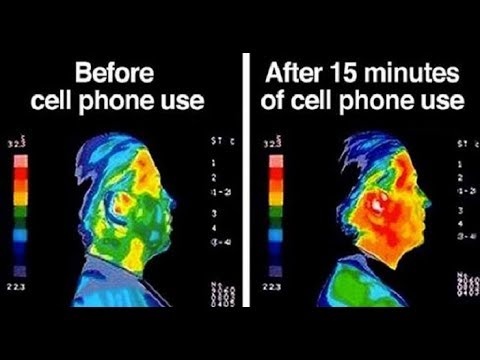Case study on 5G network, 5G network history







A: 5G is the 5th generation mobile network. It is a new global wireless standard after 1G, 2G, 3G, and 4G networks. 5G enables a new kind of network that is designed to connect virtually everyone and everything together including machines, objects, and devices.
Do you know Huawei and DOCOMO (a Japanese mobile network) teamed up in December 2016 to conducted the world's first 5G large-scale field trial? Using the 4.5 GHz frequency band, both companies recorded data transfer speeds of 11.29 Gbps, which is about 40 times faster than the current 4G standard.
Do you know which country fast adopt a 5G network?
The first country to adopt 5G on a large scale was South Korea, in April 2019. Swedish telecoms giant Ericsson predicted that 5G internet will cover up to 65% of the world's population by the end of 2025.

But why we need a 5G network though we already have a 4G network?
Though as the technology growing at a faster rate so there is a need to upgrade the 5G network, there are many reasons behind it because it transmits data more efficiently, 5G has the potential to be 40 times faster and suffer shorter lag times than the current 4G standard. That speed is critical for autonomous cars, where timely decisions need to be made to avoid crashes.5G is widely believed to be smarter, faster, and more efficient than 4G. It promises mobile data speeds that far outstrip the fastest home broadband network currently available to consumers. With speeds of up to 100 gigabits per second, 5G is set to be as much as 100 times faster than 4G.
Can 5G be dangerous to our health?

Yes, of course, it will be dangerous because according to the Institute of Electrical and Electronics Engineers Standards Association, there is no scientifically validated evidence that chronic exposure to radio waves at frequencies between 0 and 300 gigahertz are connected to adverse health effects—and 5G is not expected to go above that cap.
We should know the reason how it's dangerous let's examine a picture

Impacts Of 5G On Human Health.
In this special edition, we will look at what electromagnetic radiation is, how it can impact human health, the controversy surrounding radiofrequency networks, and what this means for the advent of 5G technology.
Electromagnetic Radiation
An electromagnetic field (EMF) is a field of energy that results from electromagnetic radiation, a form of energy that occurs as a result of the flow of electricity. Electric fields exist wherever there are power lines or outlets, whether the electricity is switched on or not. Magnetic fields are created only when electric currents flow. Together, these produce EMFs.
Electromagnetic radiation exists as a spectrum of different wavelengths and frequencies, which are measured in hertz (Hz). This term denotes the number of cycles per second.
Power lines operate between 50 and 60 Hz, which is at the lower end of the spectrum. These low-frequency waves, together with radio waves, microwaves, infrared radiation, and some of the ultraviolet spectrum,which take us into the megahertz (MHz), GHz, and terahertz spectra which make up what is known as nonionizing radiation.
Above this lie the petahertz and exahertz spectra, which include X-rays and gamma rays. These are types of ionizing radiation, which means that they carry sufficient energy to break apart molecules and cause significant damage to the human body.
Radiofrequency EMFs (RF-EMFs) include all wavelengths from 30 kilohertz to 300 GHz. For the general public, exposure to RF-EMFs is mostly from handheld devices, such as cell phones and tablets, as well as from cell phone base stations, medical applications, and TV antennas.
The most well-established biological effect of RF-EMFs is heating. High doses of RF-EMFs can lead to a rise in the temperature of the exposed tissues, leading to burns and other damage. But heating also causes gene mutations and damage to the DNA in cells besides causing other cellular malfunctions.
But mobile devices emit RF-EMFs at low levels. But low RF-EMFs overtime still causes cellular damage. Whether this is a cause for concern is a matter of ongoing debate, reignited by the arrival of 5G.
Radiofrequency Waves Carcinogenic?
In 2011, 30 international scientists, who are part of the working group of the International Agency for Research on Cancer (IARC) met to assess the risk of developing cancer as a result of exposure to RF-EMFs.The working group published a summary of their findings in The Lancelet Oncology.
The scientists looked at one cohort study and five case-control studies in humans, each of which was designed to investigate whether there is a link between cell phone use and glioma, a cancer of the central nervous system.
The team concluded that, based on studies of the highest quality, "A causal interpretation between mobile phone RF-EMF exposure and glioma is possible." Smaller studies supported a similar conclusion for acoustic neuroma, but the evidence was not convincing for other types of cancer. The team also looked at over 40 studies that had used animal models.
In this special edition, we will look at what electromagnetic radiation is, how it can impact human health, the controversy surrounding radiofrequency networks, and what this means for the advent of 5G technology.
Electromagnetic Radiation
An electromagnetic field (EMF) is a field of energy that results from electromagnetic radiation, a form of energy that occurs as a result of the flow of electricity. Electric fields exist wherever there are power lines or outlets, whether the electricity is switched on or not. Magnetic fields are created only when electric currents flow. Together, these produce EMFs.
Electromagnetic radiation exists as a spectrum of different wavelengths and frequencies, which are measured in hertz (Hz). This term denotes the number of cycles per second.
Power lines operate between 50 and 60 Hz, which is at the lower end of the spectrum. These low-frequency waves, together with radio waves, microwaves, infrared radiation, and some of the ultraviolet spectrum,which take us into the megahertz (MHz), GHz, and terahertz spectra which make up what is known as nonionizing radiation.
Above this lie the petahertz and exahertz spectra, which include X-rays and gamma rays. These are types of ionizing radiation, which means that they carry sufficient energy to break apart molecules and cause significant damage to the human body.
Radiofrequency EMFs (RF-EMFs) include all wavelengths from 30 kilohertz to 300 GHz. For the general public, exposure to RF-EMFs is mostly from handheld devices, such as cell phones and tablets, as well as from cell phone base stations, medical applications, and TV antennas.
The most well-established biological effect of RF-EMFs is heating. High doses of RF-EMFs can lead to a rise in the temperature of the exposed tissues, leading to burns and other damage. But heating also causes gene mutations and damage to the DNA in cells besides causing other cellular malfunctions.
But mobile devices emit RF-EMFs at low levels. But low RF-EMFs overtime still causes cellular damage. Whether this is a cause for concern is a matter of ongoing debate, reignited by the arrival of 5G.
Radiofrequency Waves Carcinogenic?
In 2011, 30 international scientists, who are part of the working group of the International Agency for Research on Cancer (IARC) met to assess the risk of developing cancer as a result of exposure to RF-EMFs.The working group published a summary of their findings in The Lancelet Oncology.
The scientists looked at one cohort study and five case-control studies in humans, each of which was designed to investigate whether there is a link between cell phone use and glioma, a cancer of the central nervous system.
The team concluded that, based on studies of the highest quality, "A causal interpretation between mobile phone RF-EMF exposure and glioma is possible." Smaller studies supported a similar conclusion for acoustic neuroma, but the evidence was not convincing for other types of cancer. The team also looked at over 40 studies that had used animal models.
Can 5g be stopped?

Most of the countries are against the 5G network and banned the 5G networks from entering the country. My answer is no because banning in some countries is not enough to ban the 5g network.

Please mentioned a comment what do you think 5G is going to be good?
Comments
Post a Comment